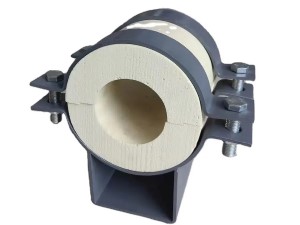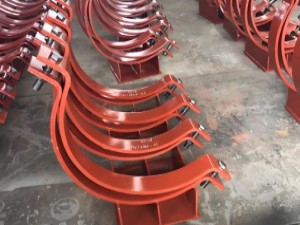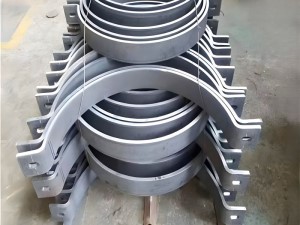I. Types of annealing
The heat treatment process of the structure deviating from the equilibrium state is obtained by heating it to the appropriate temperature, holding it for a certain time, and then cooling it slowly (as the furnace cools).
There are many kinds of annealing processes in steel, which can be divided into two categories according to the heating temperature: one is annealing above the critical temperature (Ac1 or Ac3), also known as phase change recrystallization annealing, including complete annealing, incomplete annealing, spheroidizing annealing and diffusion annealing (uniform annealing);The other is annealing below critical temperature, including recrystallization annealing and stress relieving annealing.According to the cooling method, annealing can be divided into isothermal annealing and continuous cooling annealing.
1.Full annealing and isothermal annealing
Complete annealing and weighing crystallization annealing, generally referred to as annealing, it is the heat treatment process of heating steel or steel to Ac3 above 20~30℃, keeping heat for a long enough time, making the structure fully austenitized and then slowly cooling, so as to obtain the nearly balanced structure.This annealing is mainly used for the casting, forging and hot rolled profiles of various carbon and alloy steels with subeutectoid composition, and sometimes also for welding structures.It is usually used as the final heat treatment of some non-heavy parts, or as the pre-heat treatment of some workpieces.
2.The spheroidizing annealing
Spheroidizing annealing is mainly used for eutectoid carbon steel and alloy tool steel (such as steel used in manufacturing cutting tools, measuring tools and moulds).Its main purpose is to reduce hardness, improve machinability and prepare for future quenching.
3.Stress relief annealing
Also known as low temperature annealing (or high temperature tempering), this annealing is mainly used to eliminate the residual stress of castings, forgings, welding parts, hot rolled parts, cold drawn parts, etc.If these stresses are not eliminated, they may cause deformation or cracks in the steel after a certain period of time or during subsequent machining.
4. Incomplete annealing is a heat treatment process in which steel is heated to Ac1~Ac3(subeutectoid steel) or Ac1~ACcm(hypereutectoid steel) and cooled slowly after heat preservation to obtain a nearly balanced structure.





